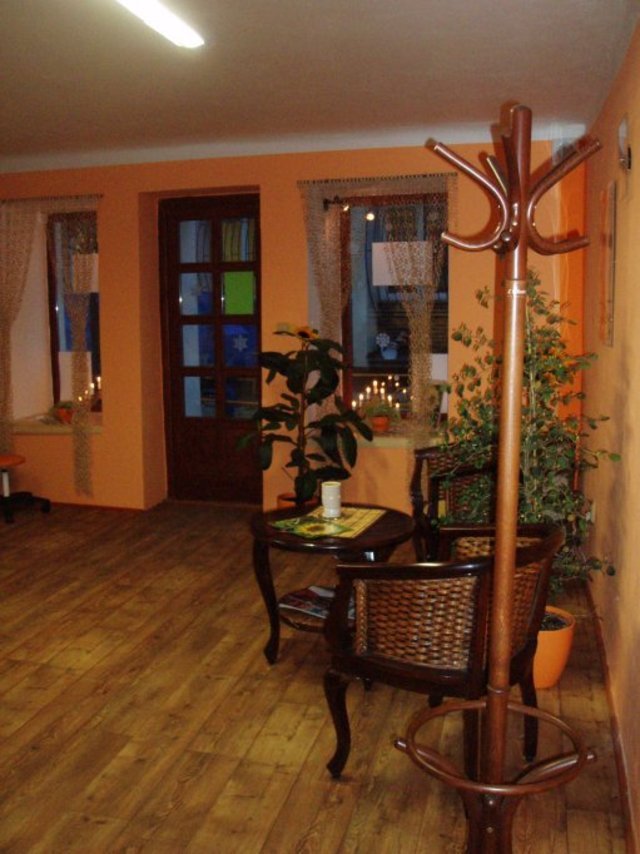
The process of creating 3D animation can be sequentially divided into three phases: modelling – which describes the process of creating the 3D objects within a scene, layout and animation – which describes how objects are positioned and animated within a scene, and rendering – which describes the final output of the completed computer graphics. In 3D animation, everything is done within the computer and exported from the computer. Again, the pictures will create the illusion of motion when played back. In stop motion animation, real-life models are moved slightly and filmed. When played back sequentially, it creates the illusion of motion. In traditional 2D animation, pictures are hand-drawn and every one showing subtle changes from the previous. This theory is inherent be it for 3D, 2D or stop motion animation. What happens in animation is that motion is simulated in a way that the eyes tend to believe that actual motion has taken place while the fact is the perceived sense of motion is only because of the consecutive images that are passed through very fast. Through the careful manipulation of objects (3D models) within the 3D software, we can then export picture sequences which will give the illusion of movement (animation) based on how we manipulate the objects. In a nutshell, computer 3D animation refers to the work of creating moving pictures in a digital environment that is three-dimensional.

Saying that I will try my best to answer this question in the most concise but uncomplicated way possible. The thing is, I need to let clients know how complicated the process is, but not to let them walk away confused. It can be answered as complicated as you want it to be or as short as you desire. I was actually quite tempted not to write this article because it’s such a difficult topic to write on. Mediafreaks focuses mainly on providing service work and its sister companies Mediafreaks Cartoon and Character Farm create their own original animated content for export into the international market for broadcast and licensing.ĭo not be fooled by the seeming simplicity of this question.
#Anime studio pro 9 shading series
This is important because it helps our clients achieve what they want and allows us to communicate effectively with them.įor this purpose, I’ve written this article – which hopes to demystify the process of a 3D animation production and unveil what goes on behind the closed doors of a 3D animation studio.Ī key player in the animation industry in Singapore, Mediafreaks is an animation production company that focuses on working closely with producers, distributors, broadcasters and partners worldwide to produce original television content and high-end animation for broadcast and marketing purposes.Įstablished in 2003, Mediafreaks has since produced hundreds of projects spanning from animated cartoon series to television commercials to CGI for documentaries to medical and architectural visualization work.

The knowledge will not just help them appreciate the service better, but also helps to facilitate the process of collaboration and manage their expectations.

They still refer to 3D animation as ‘drawing’ and know not a thing about the process that goes on behind 3D animation.Īs the owner of a 3D animation studio, I feel that it is very important to educate our clients on what goes on behind 3D animation production. With the invention of 3D animation technology, the concept of animation becomes even more hazy and mystical to the layman. ‘How do you make drawings come alive on screen?’ is what they usually ask. Many people are confused when they see the word ‘3D’ tagged on in front of the words ‘Animation Studio’.Īlthough animation has been with us for as long as a few decades now, the concept of animation still seem pretty much magical to the layman.


 0 kommentar(er)
0 kommentar(er)
